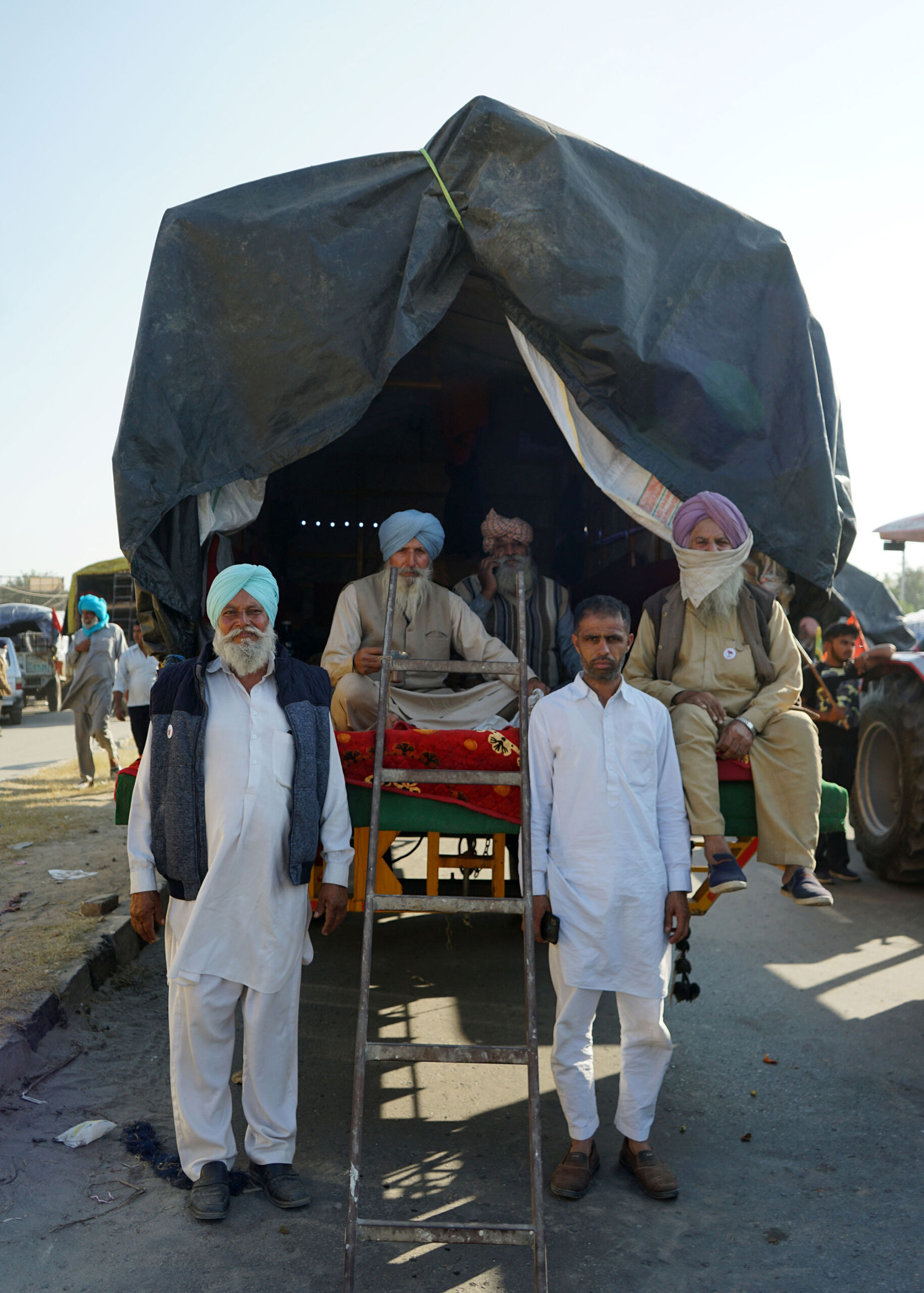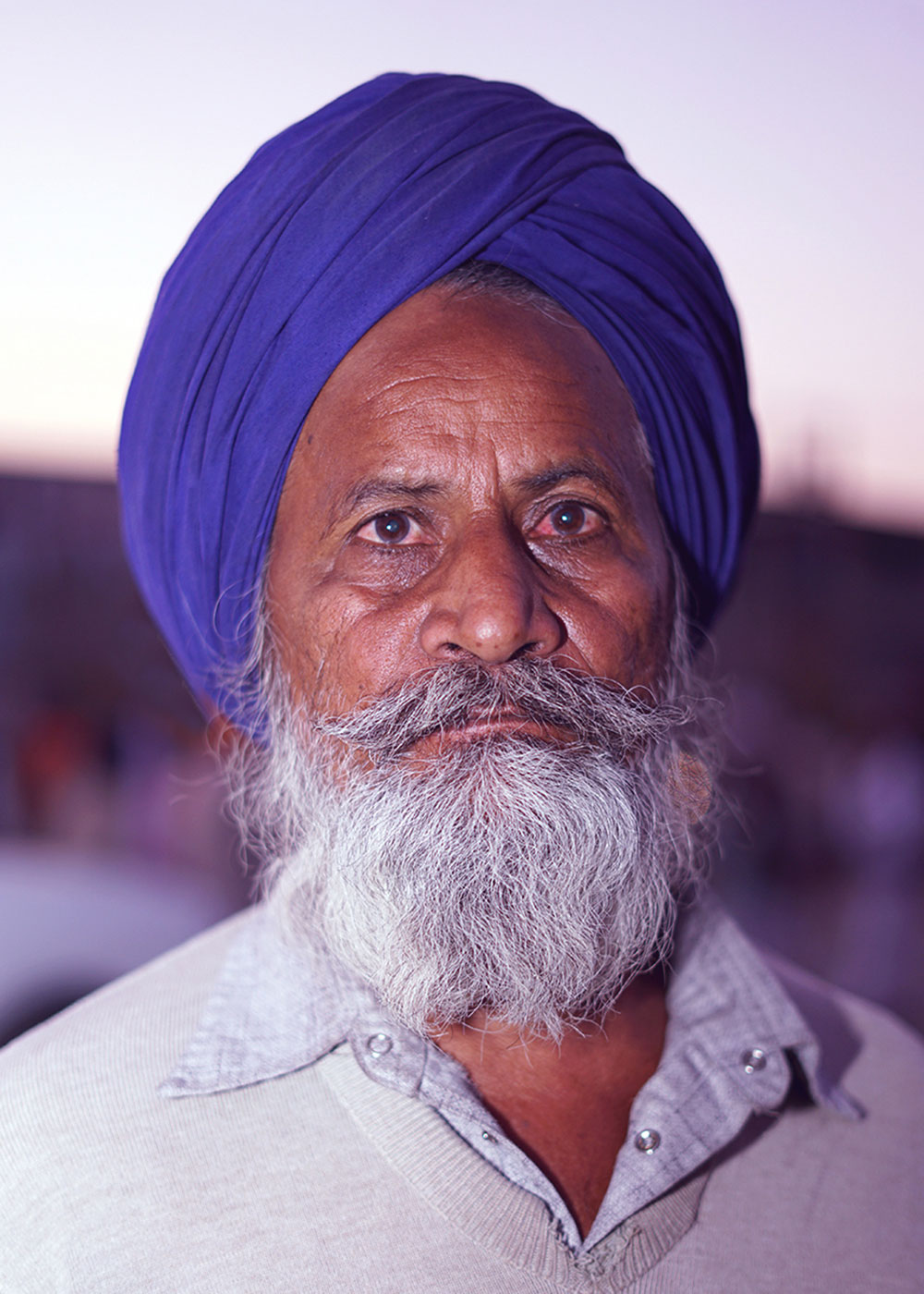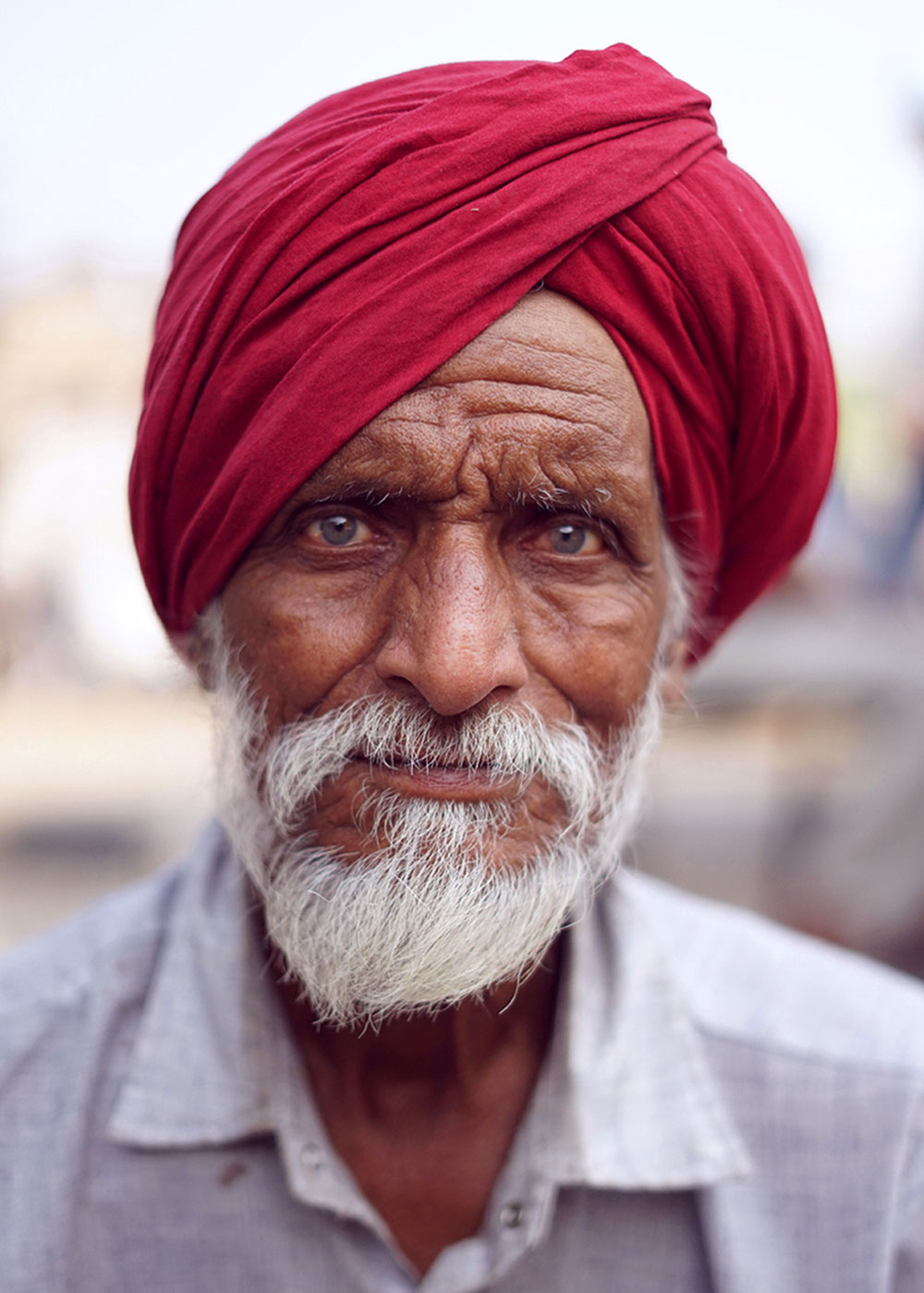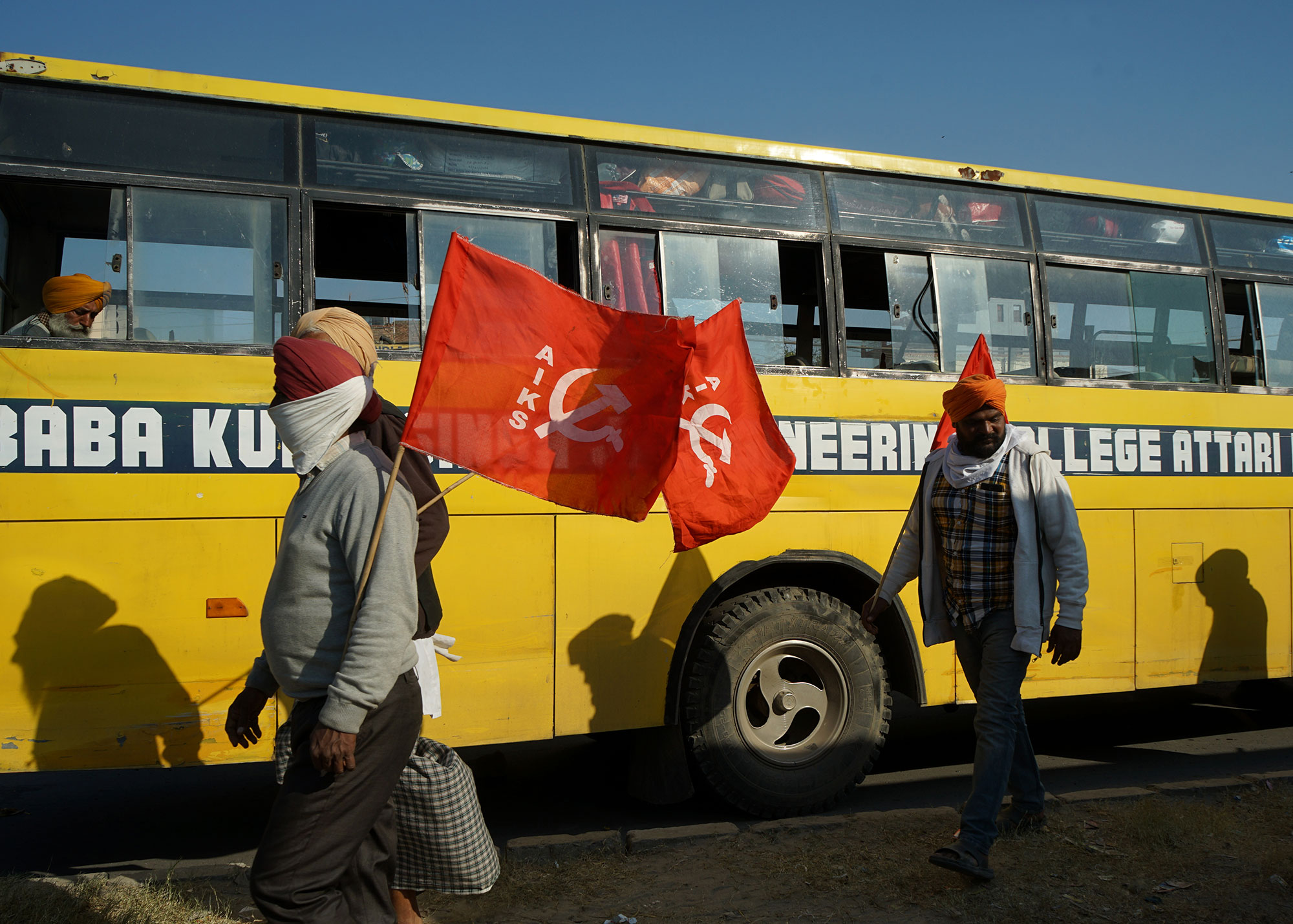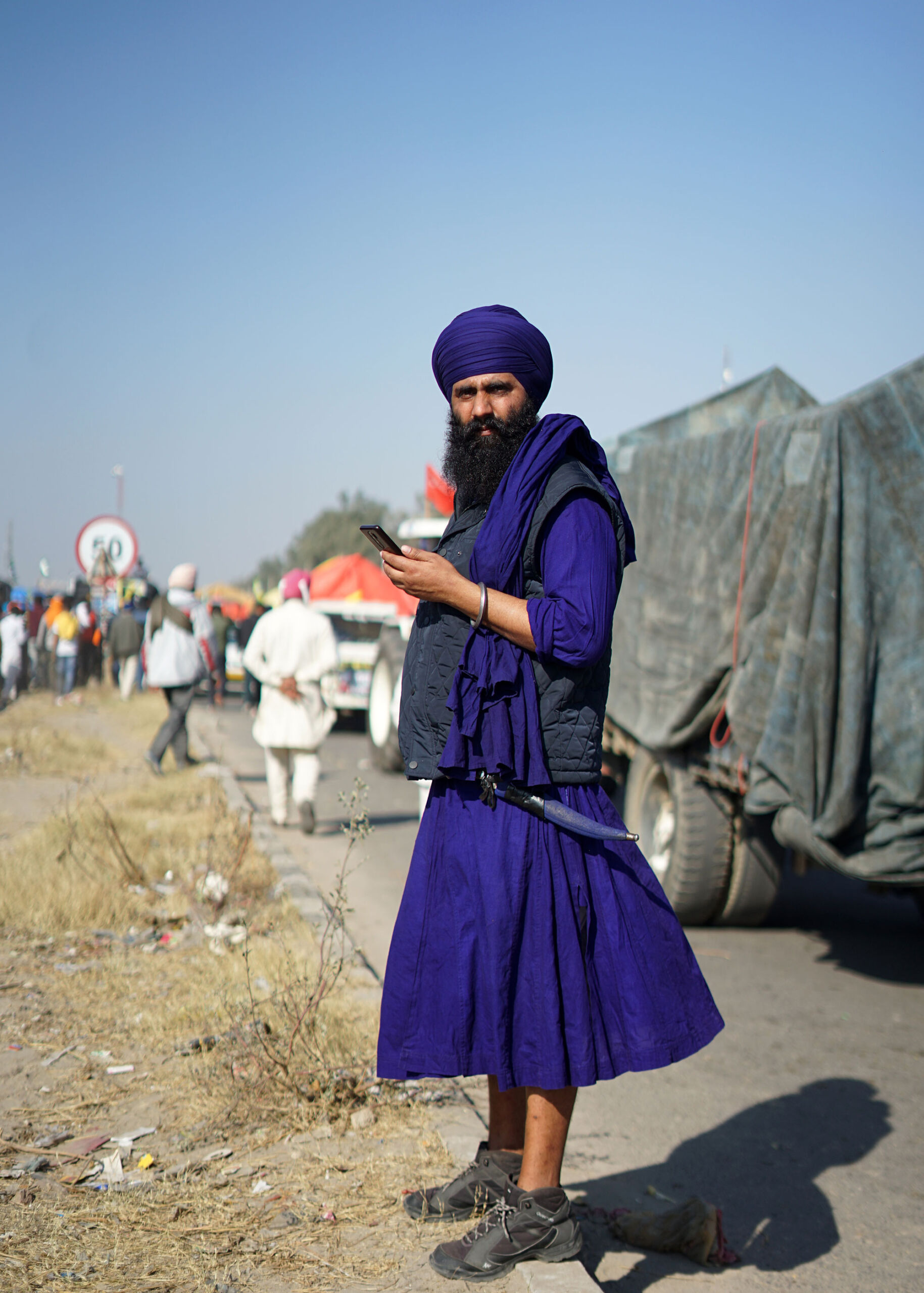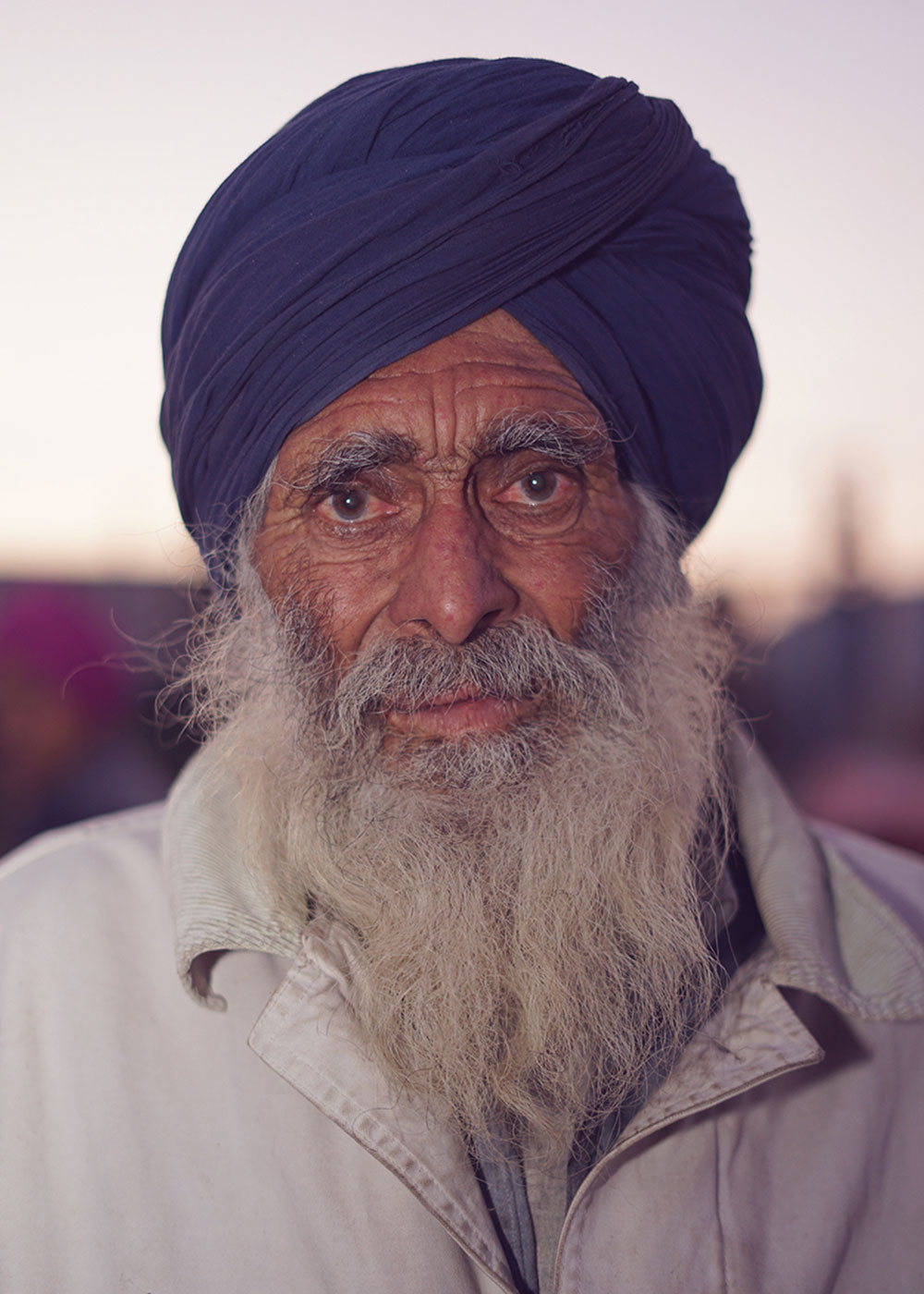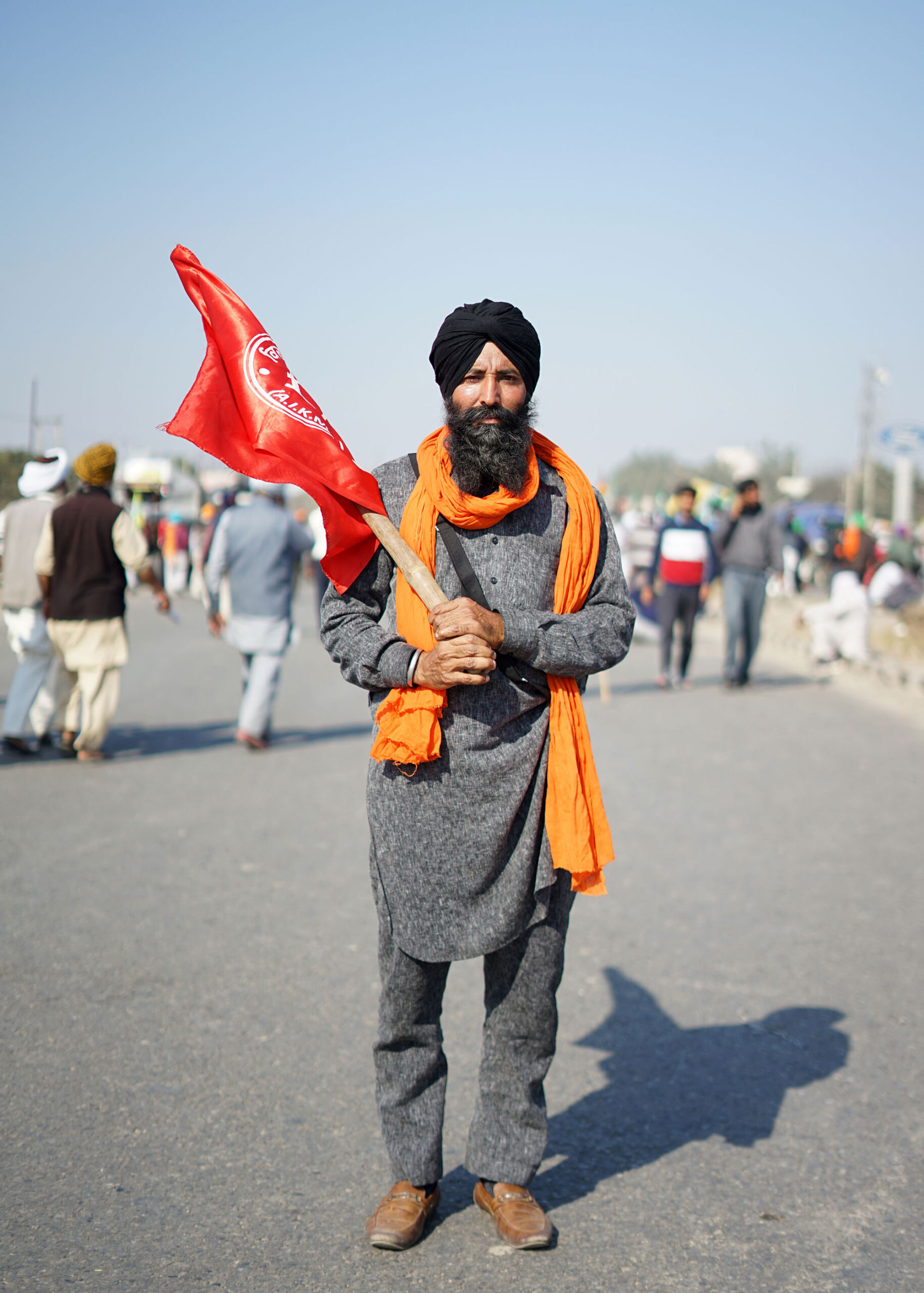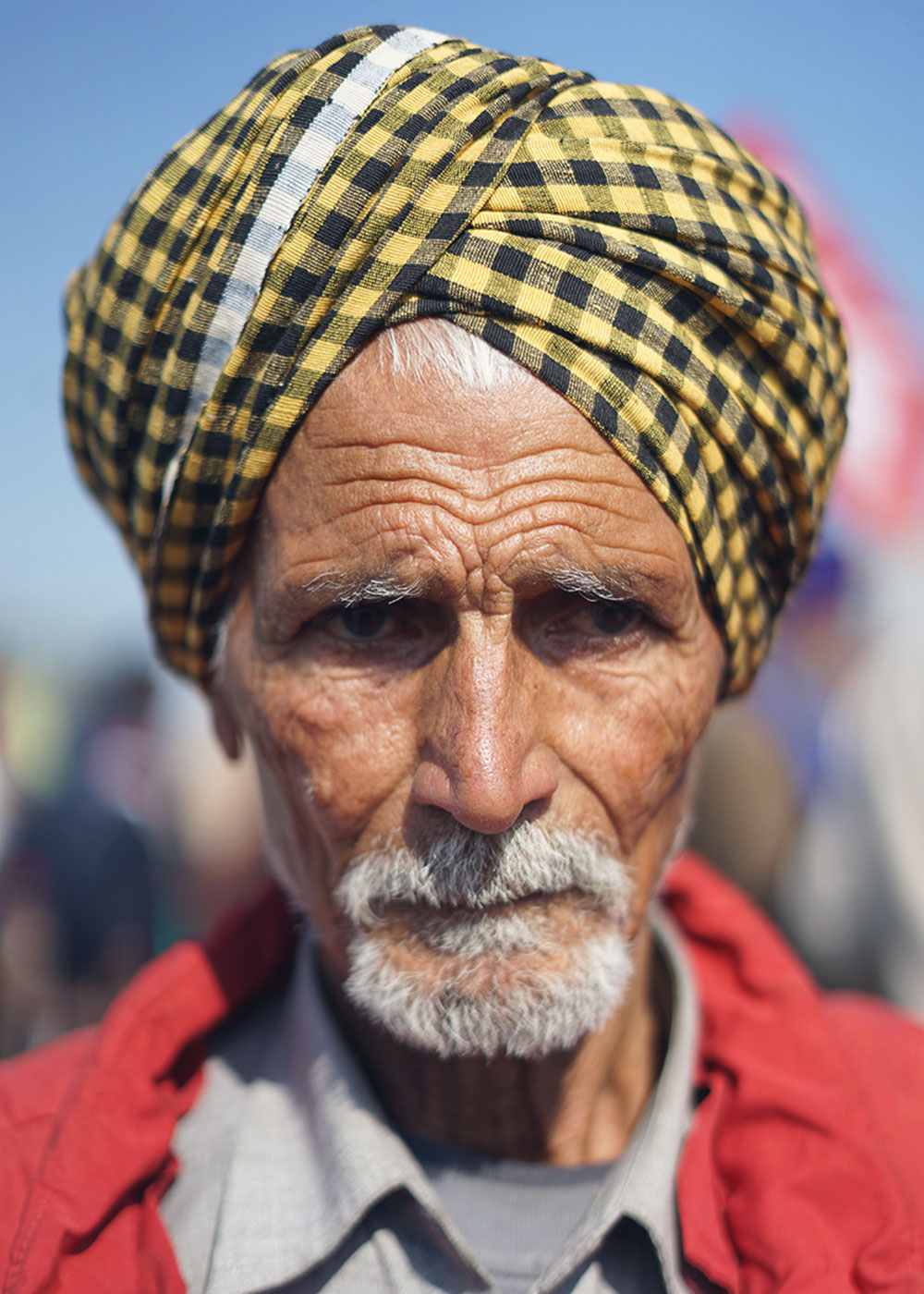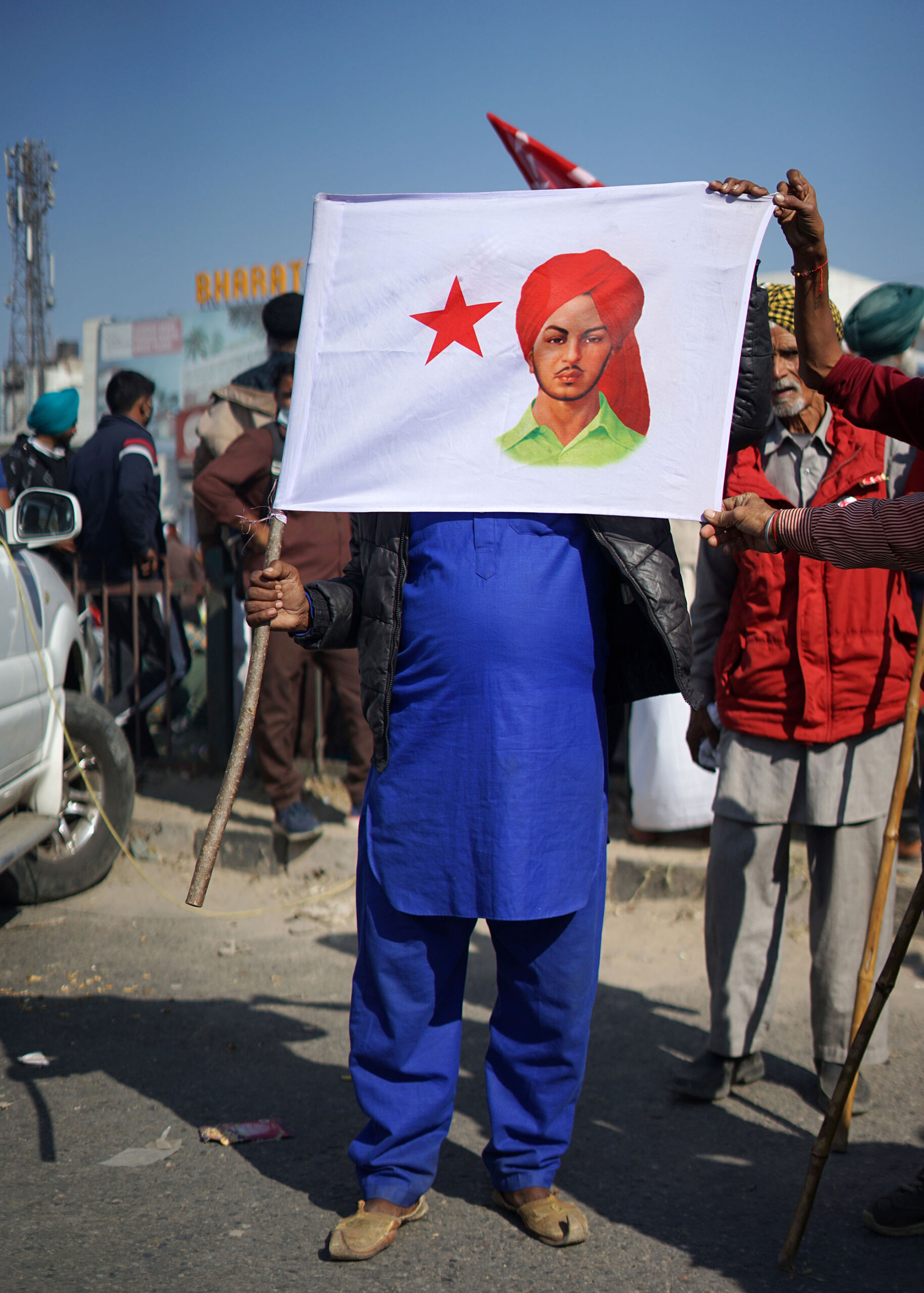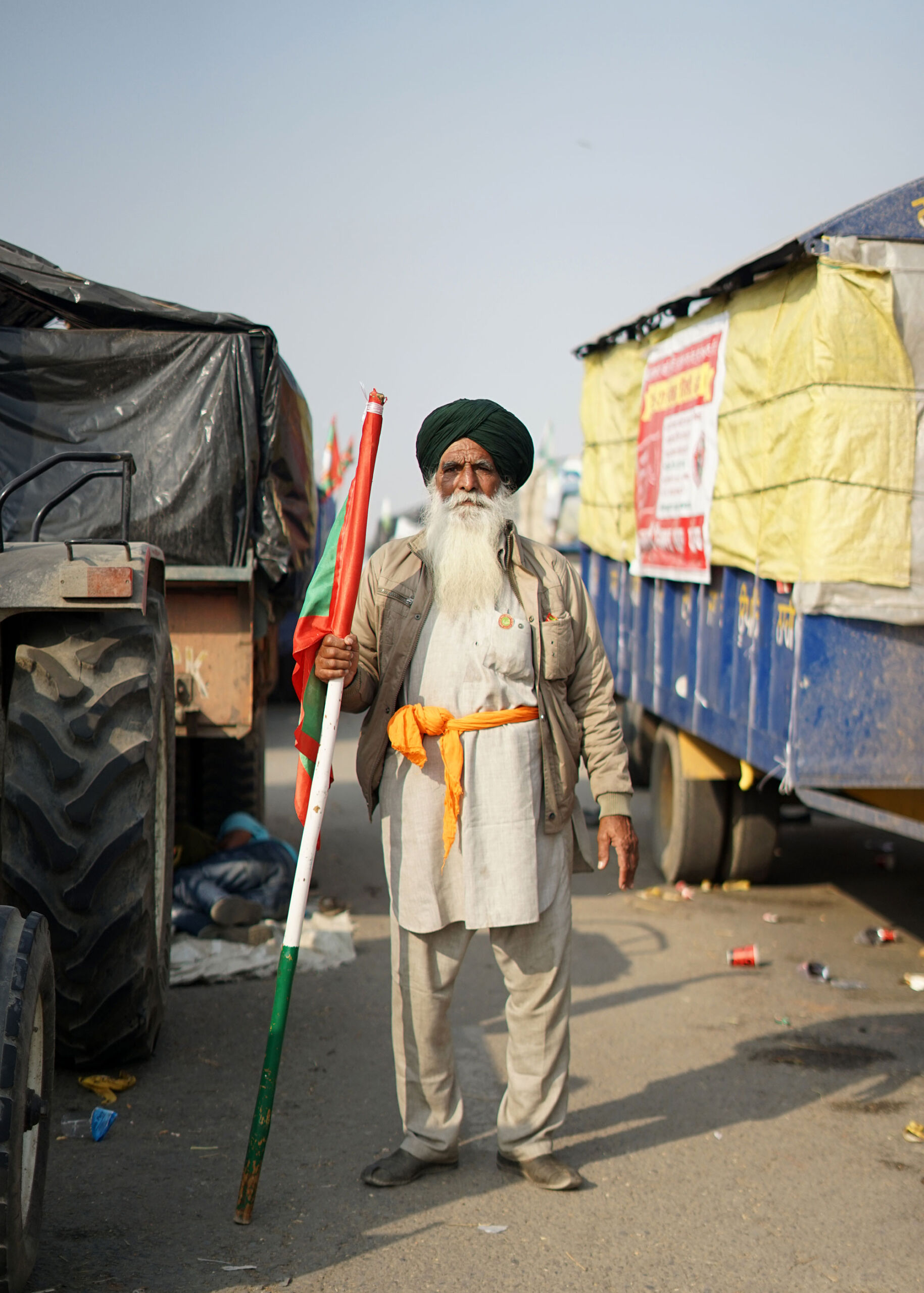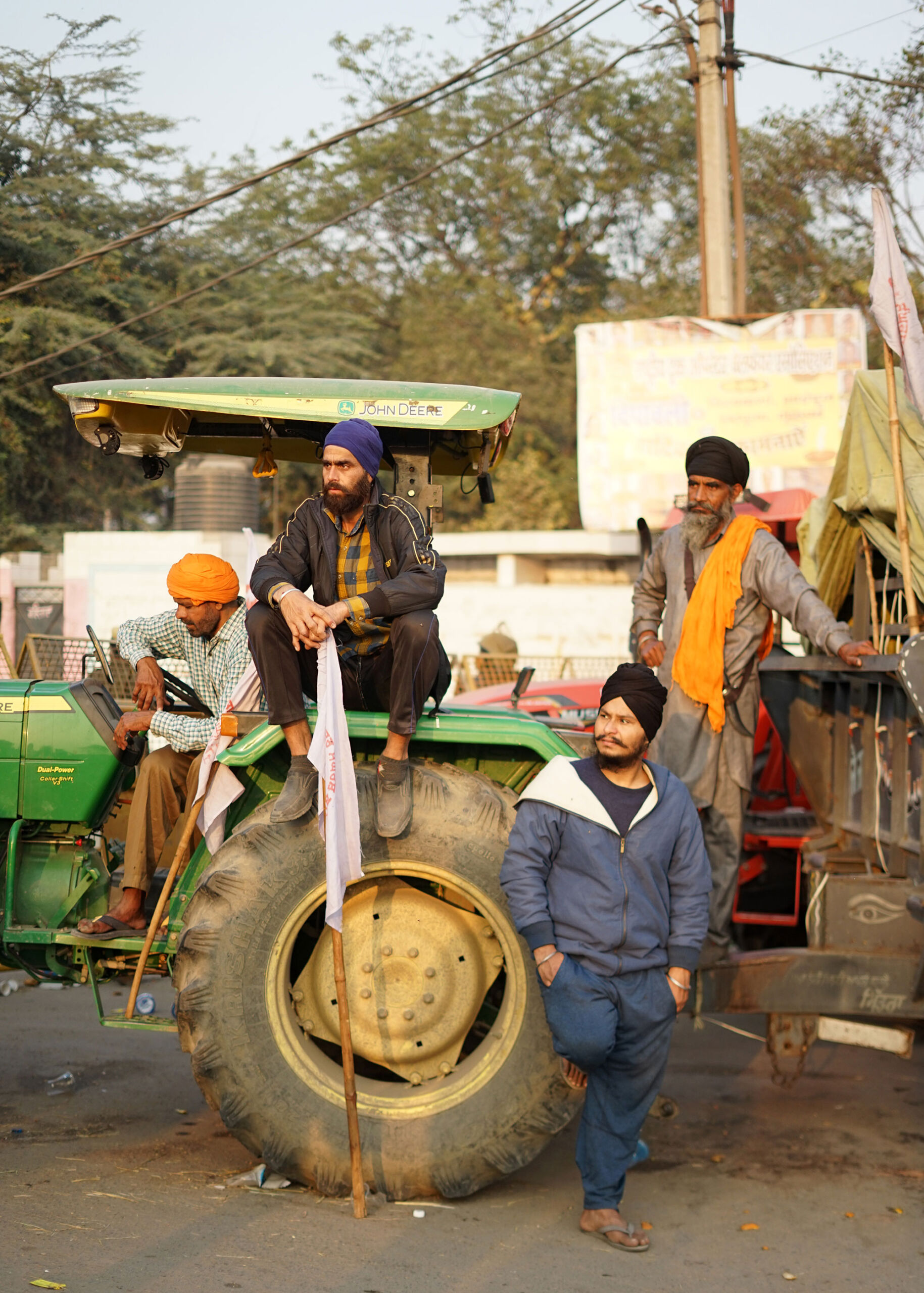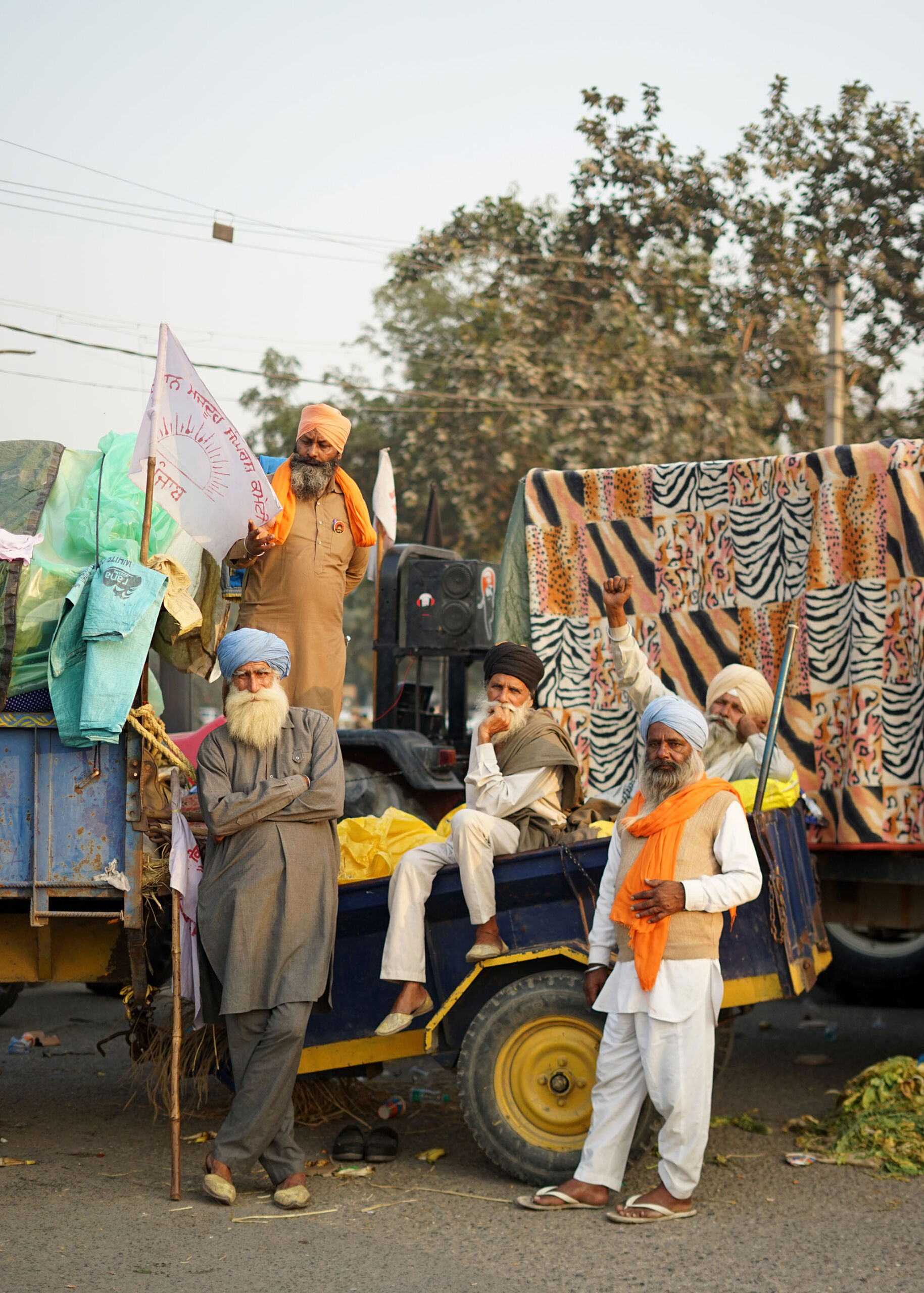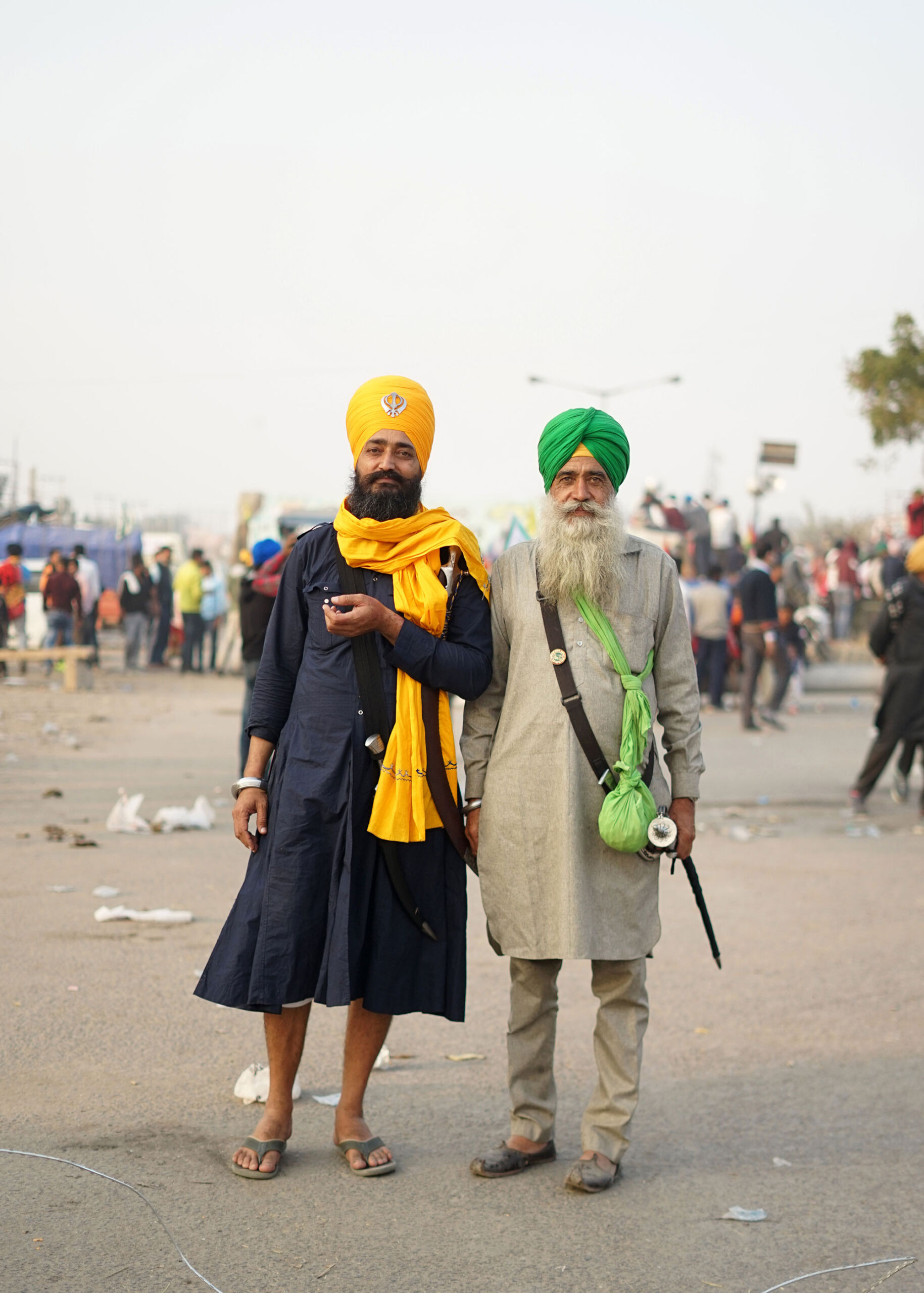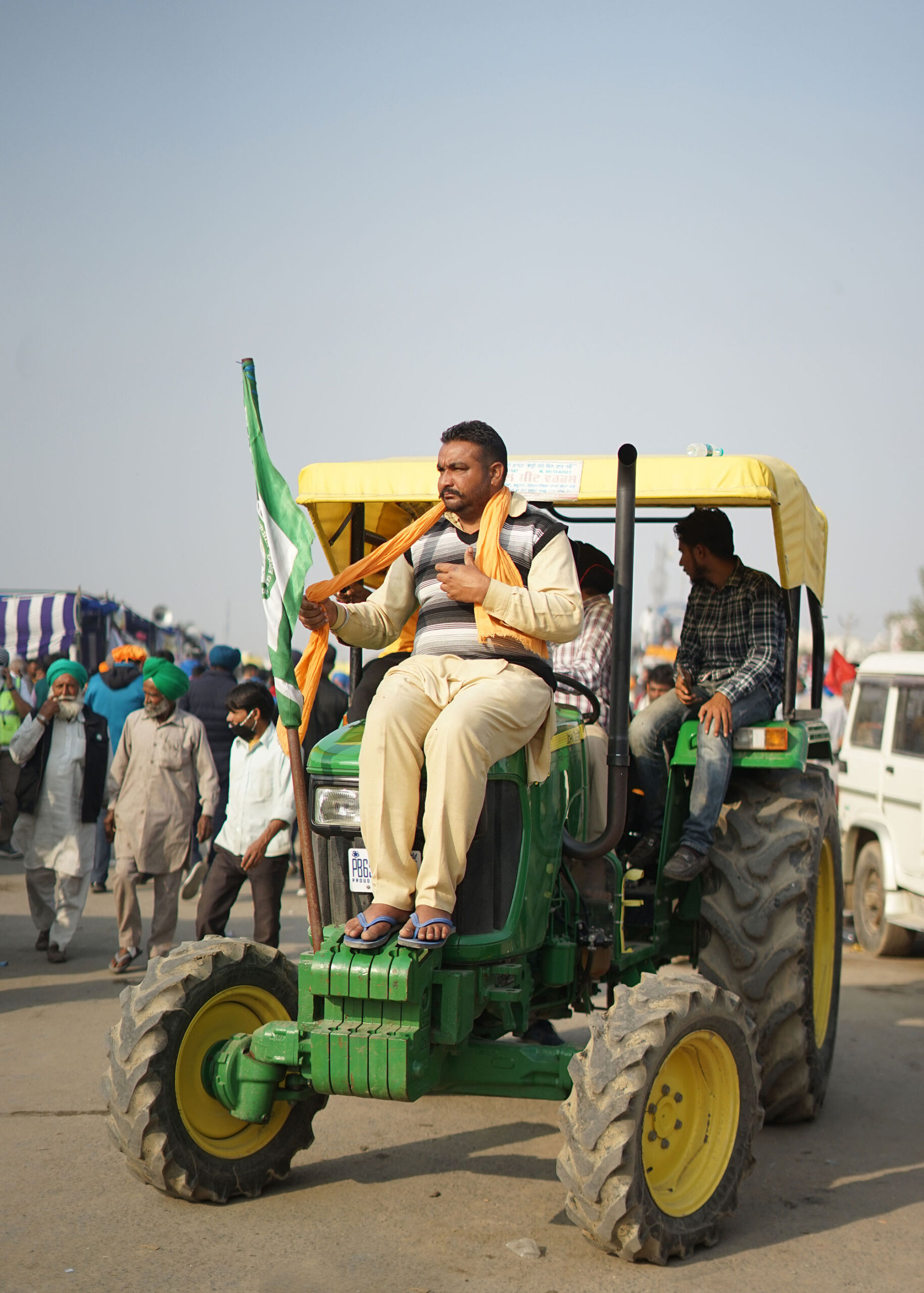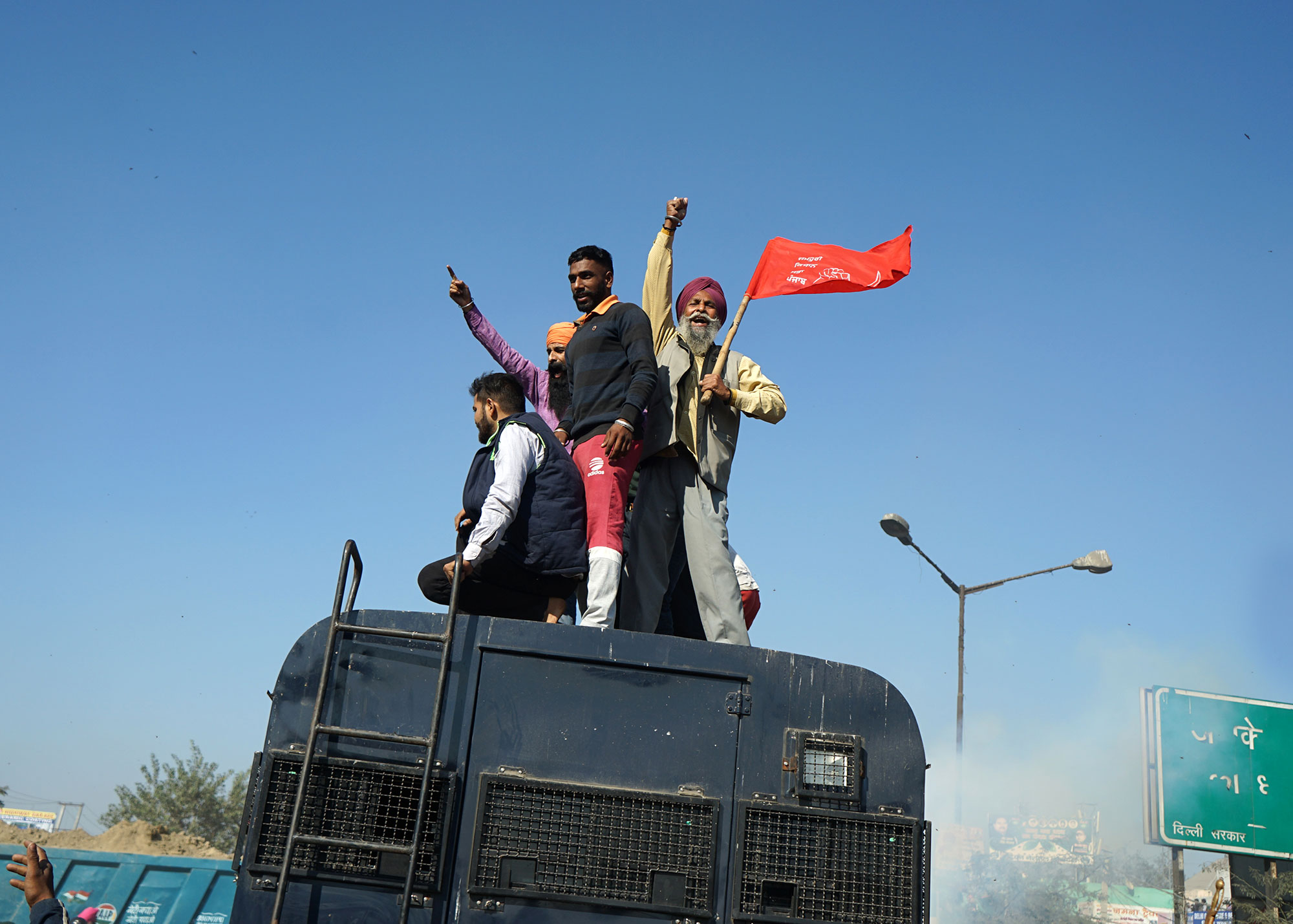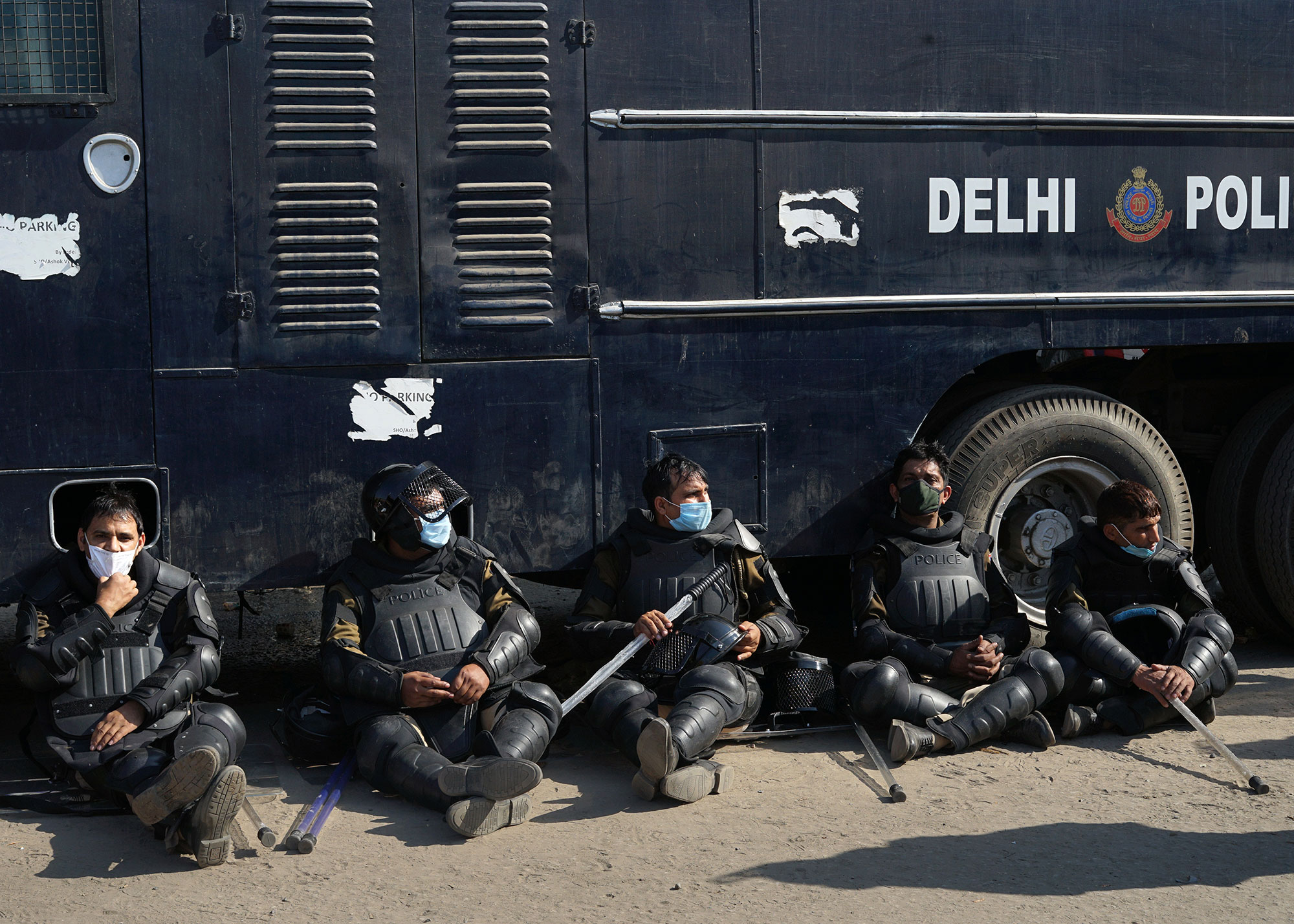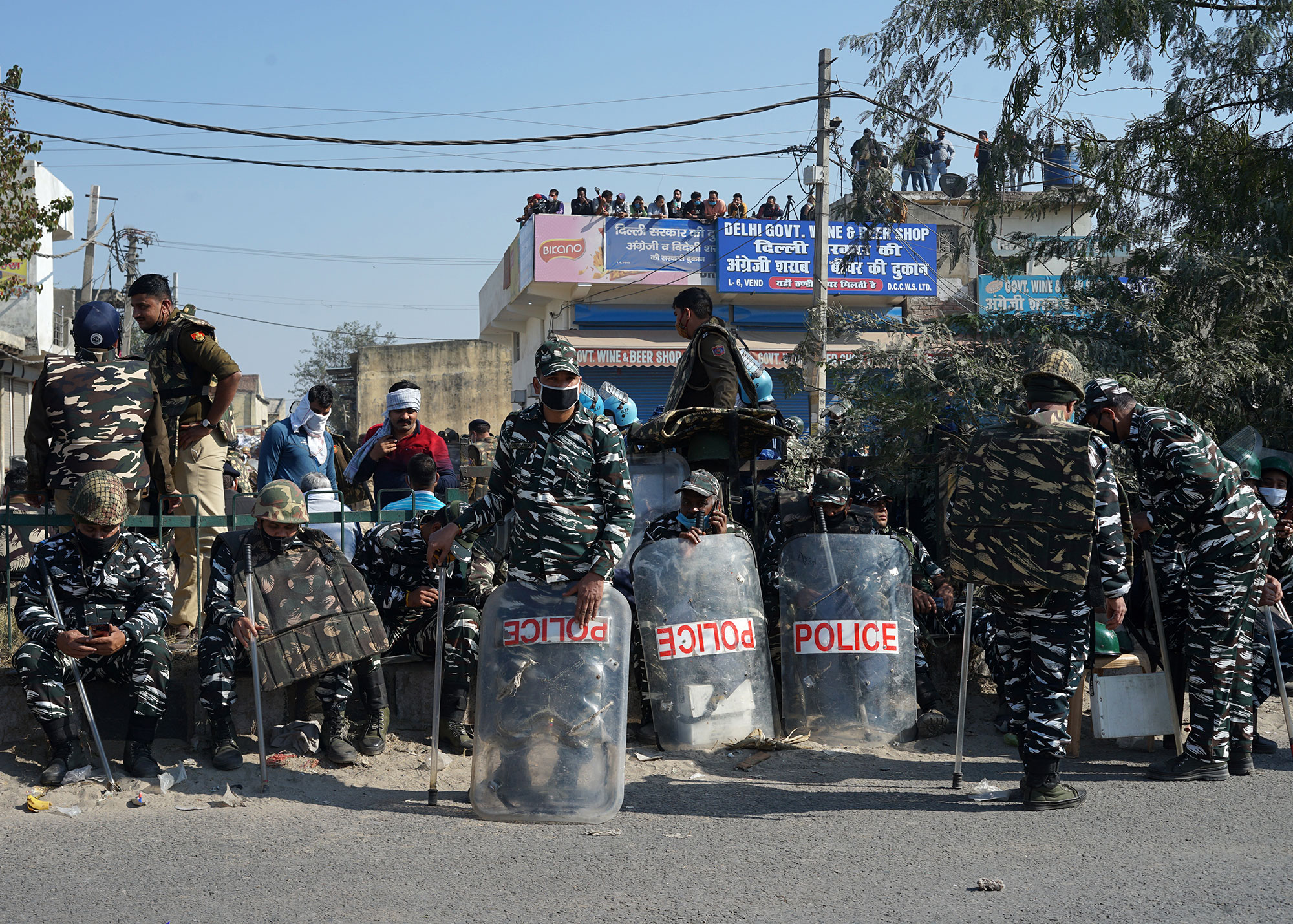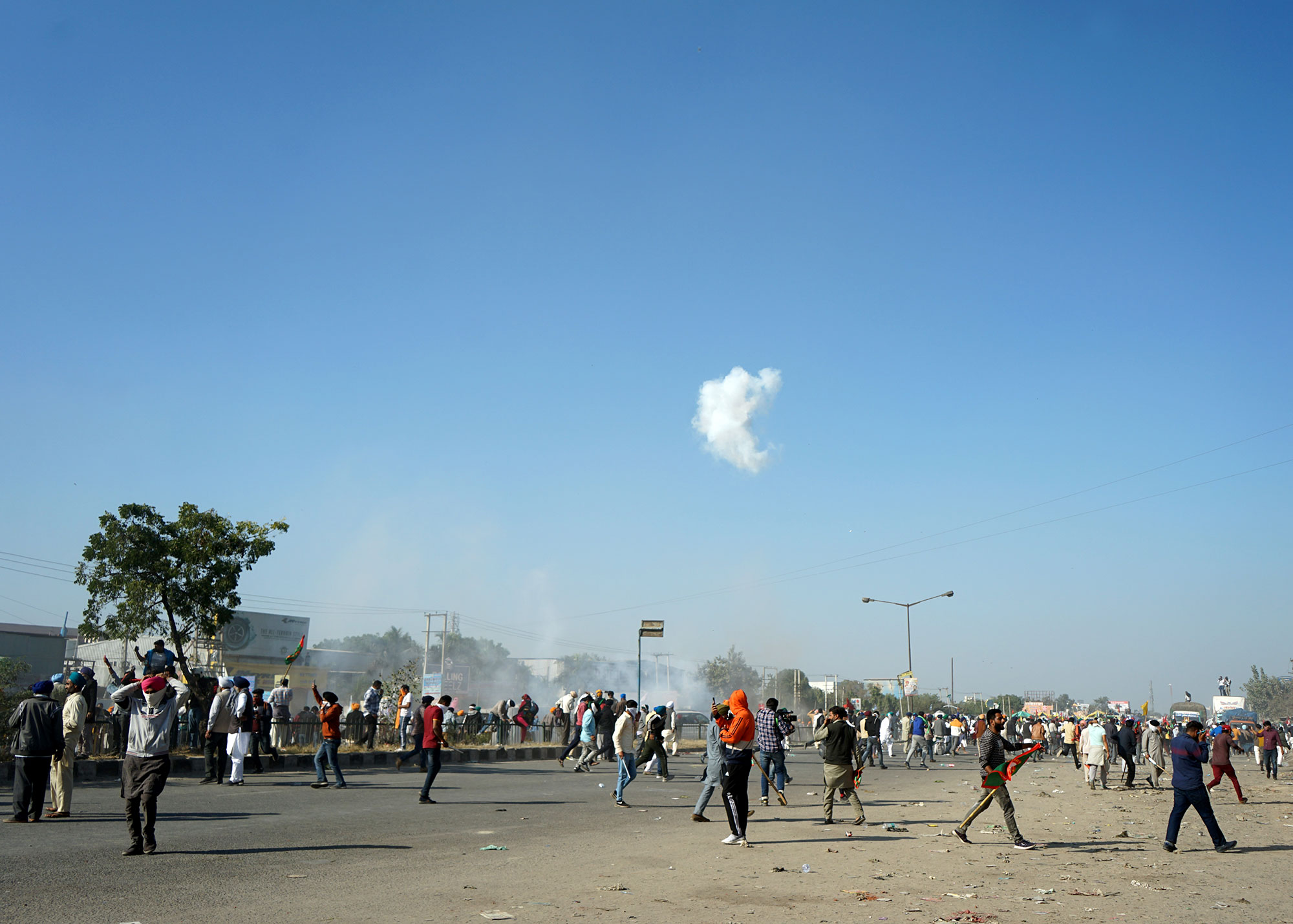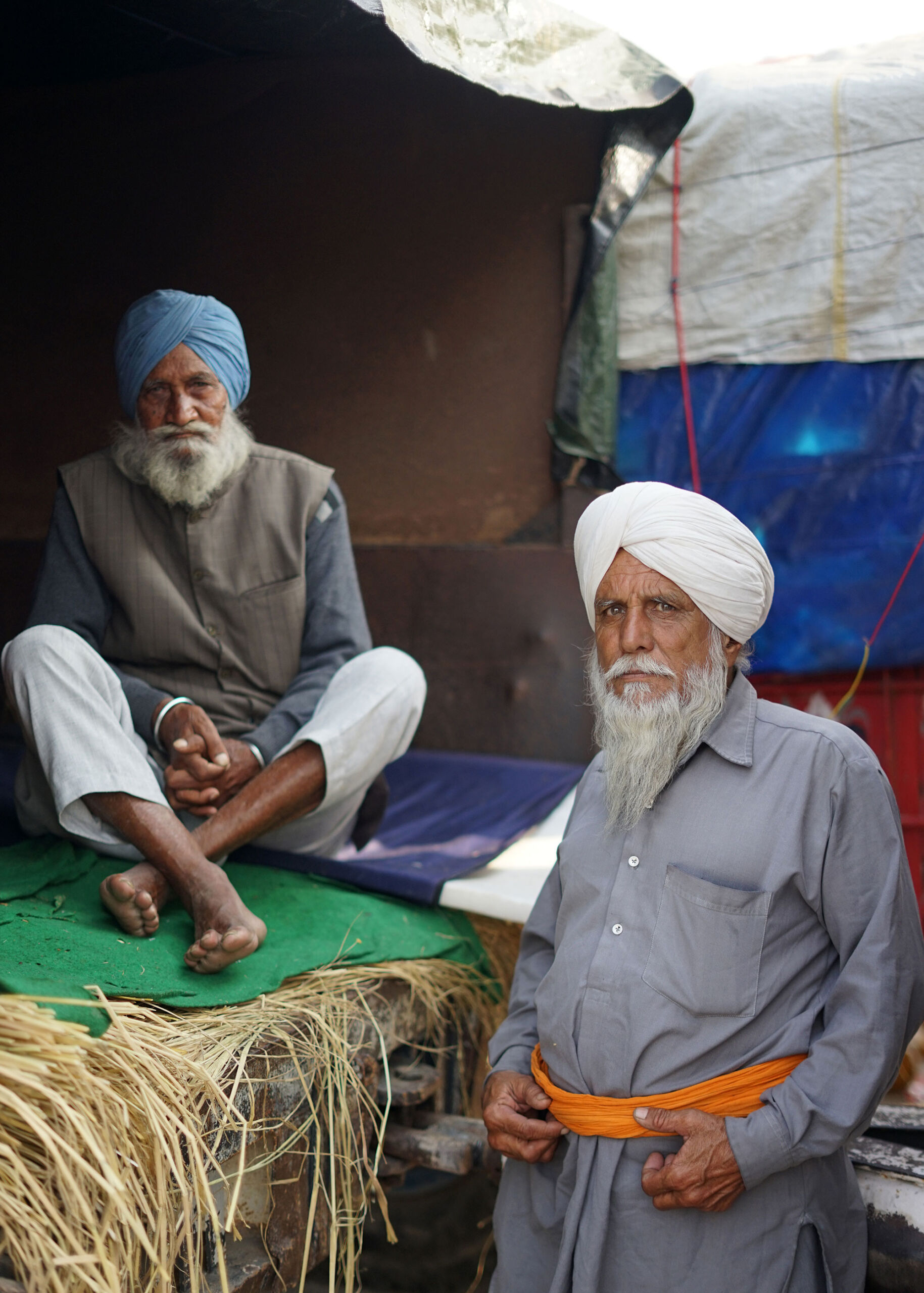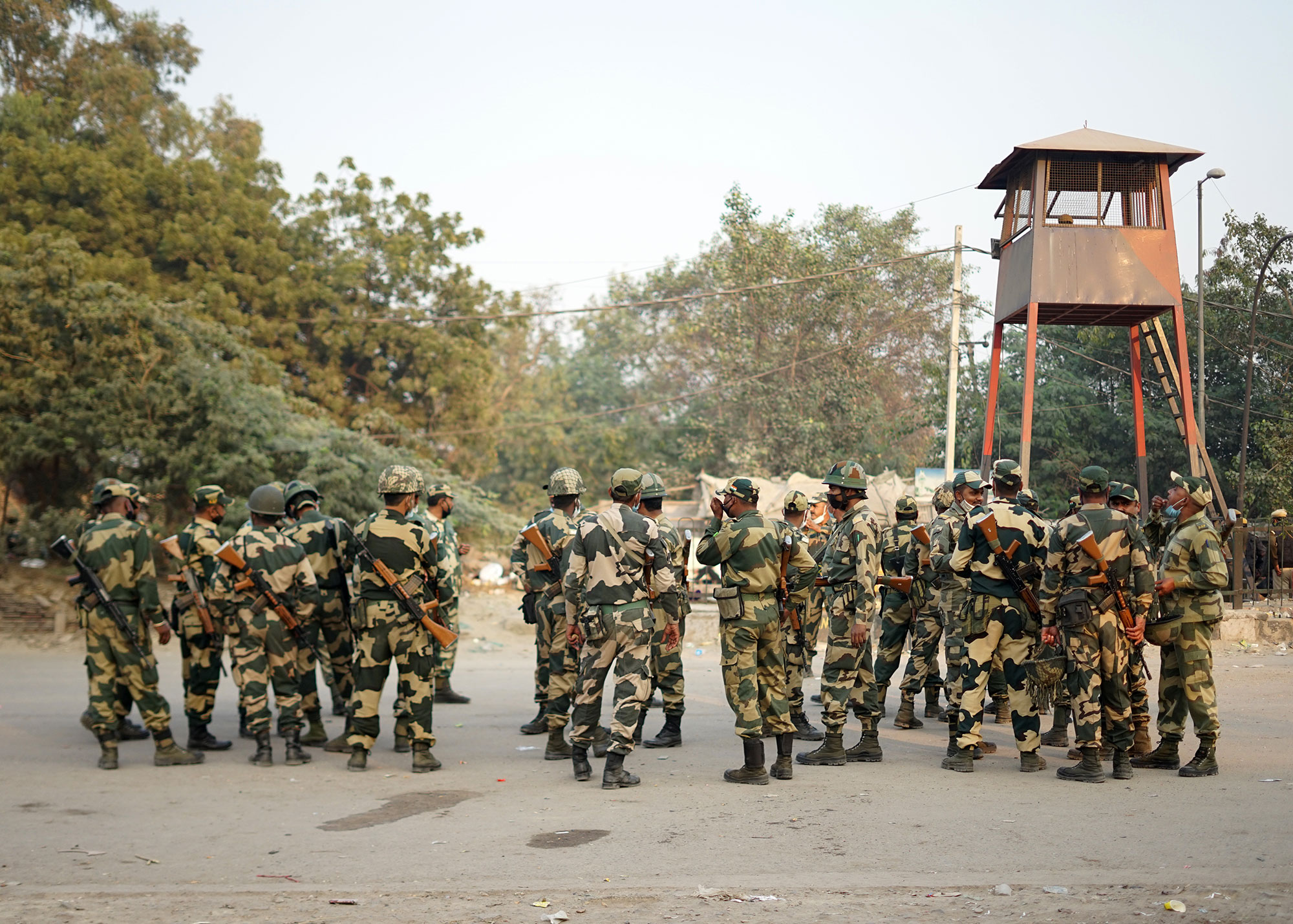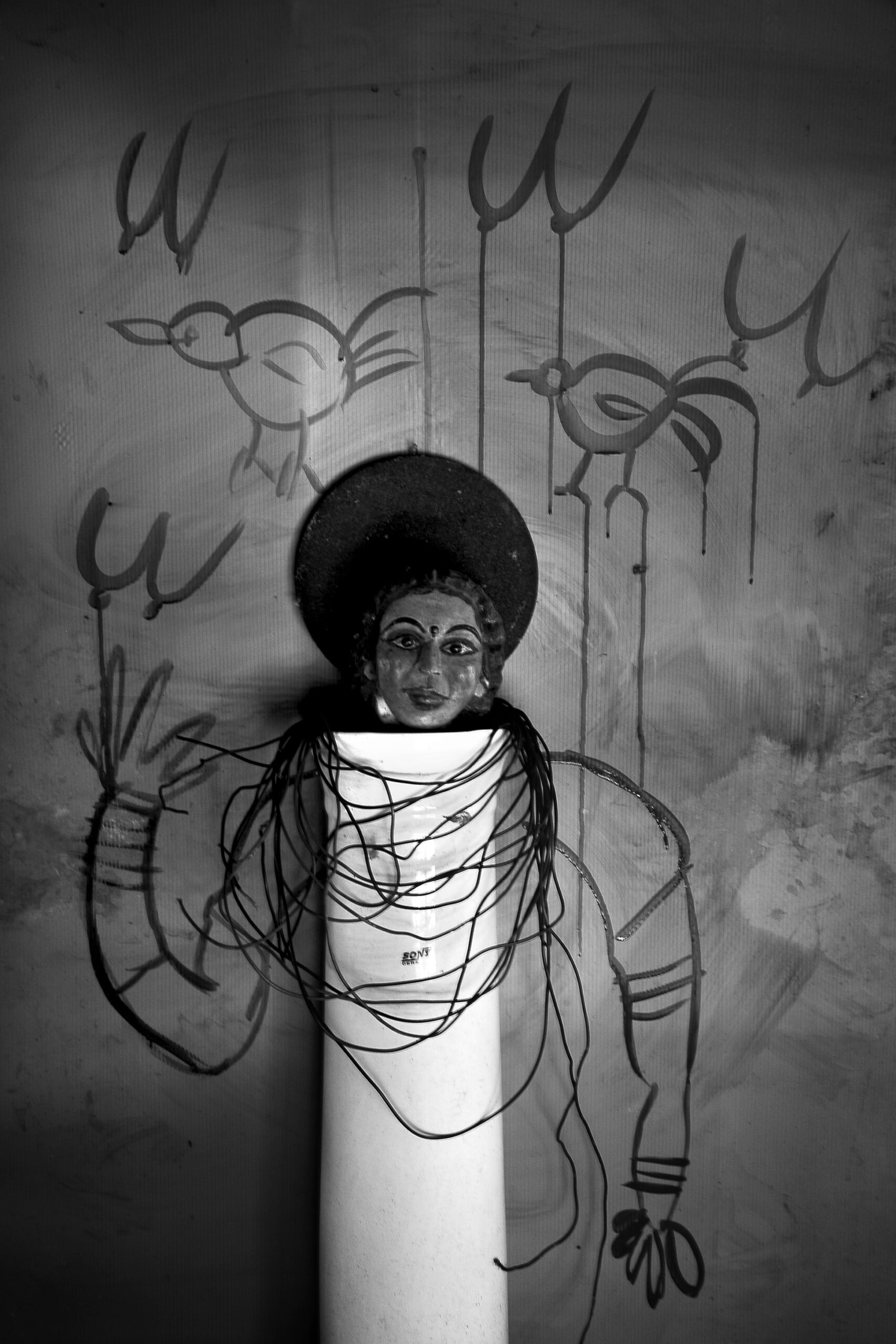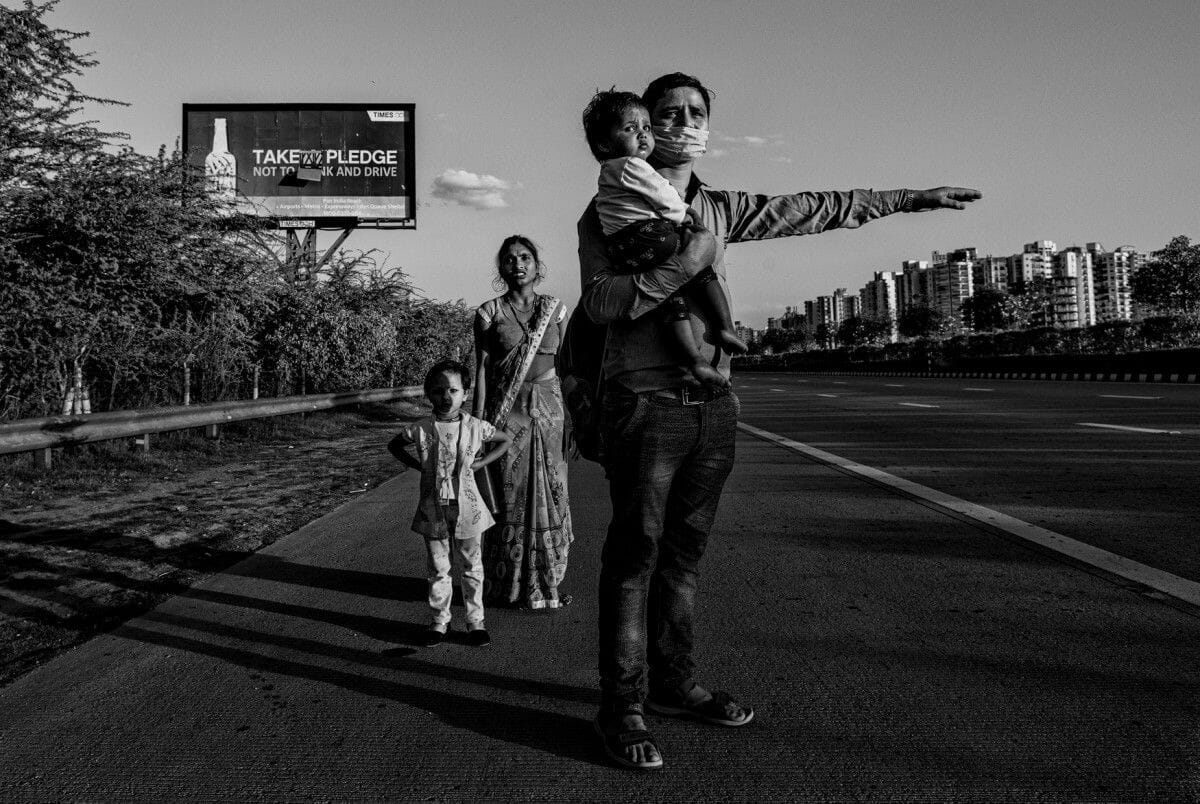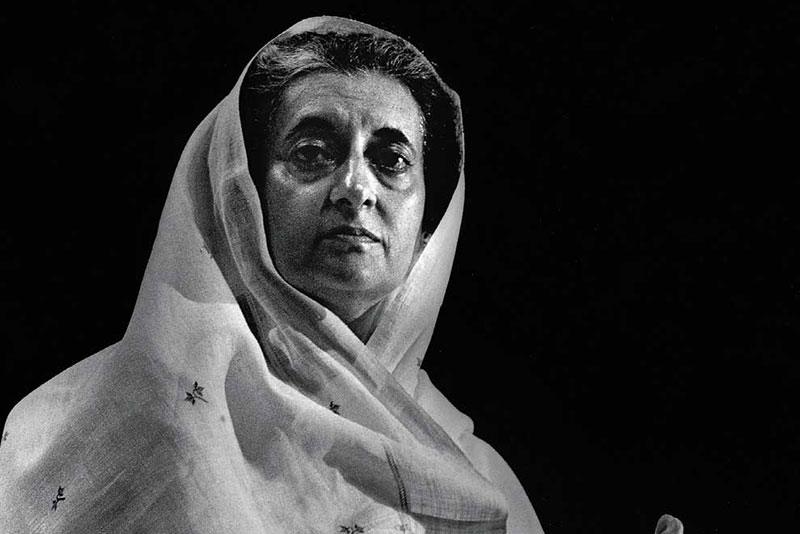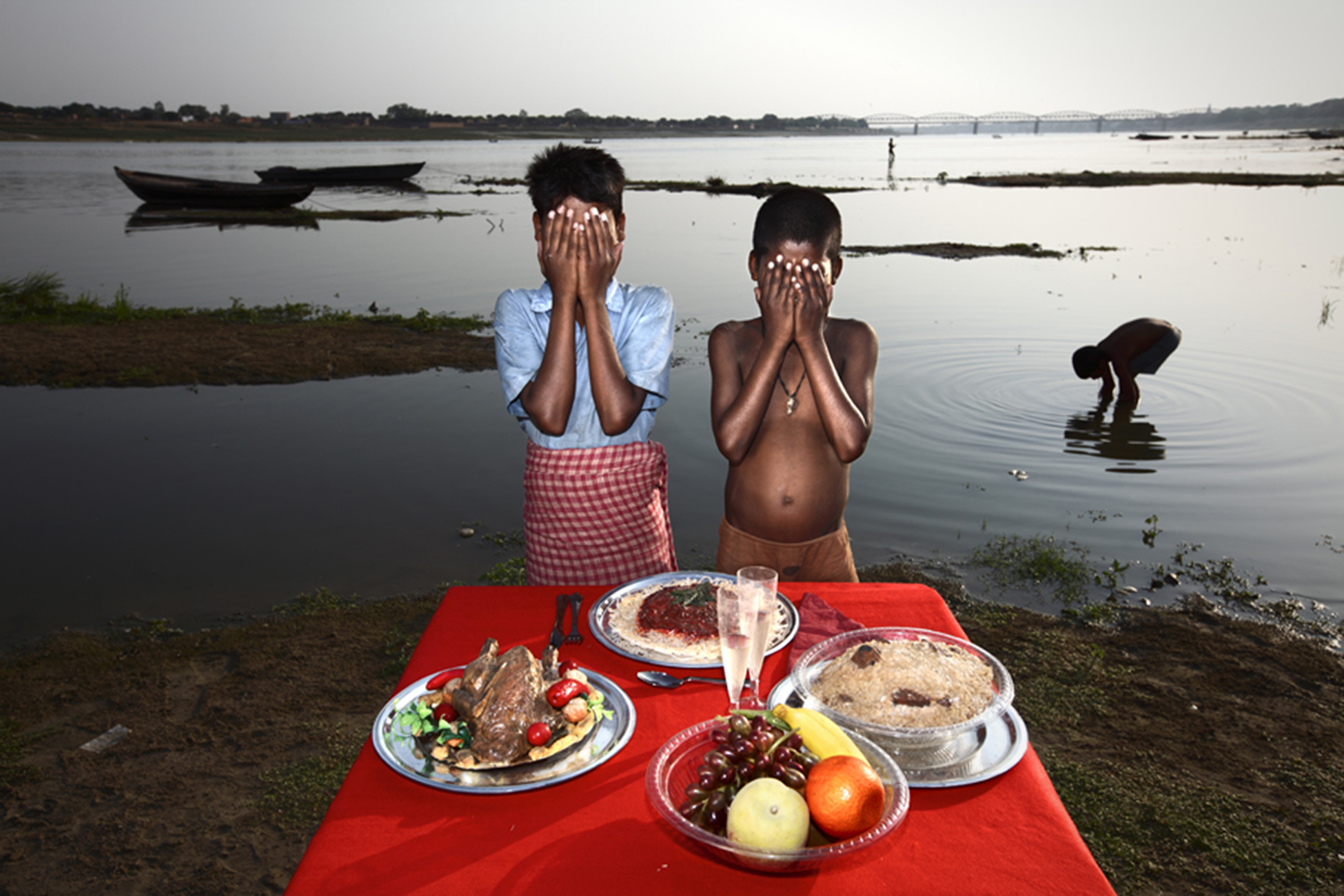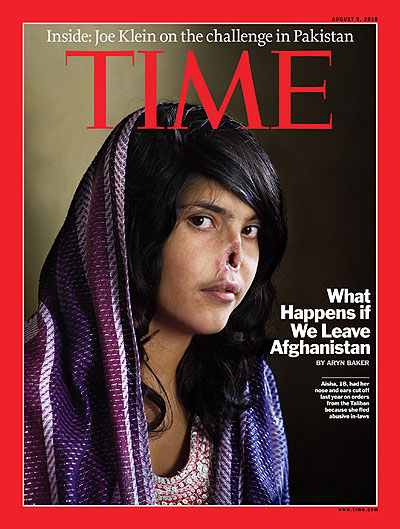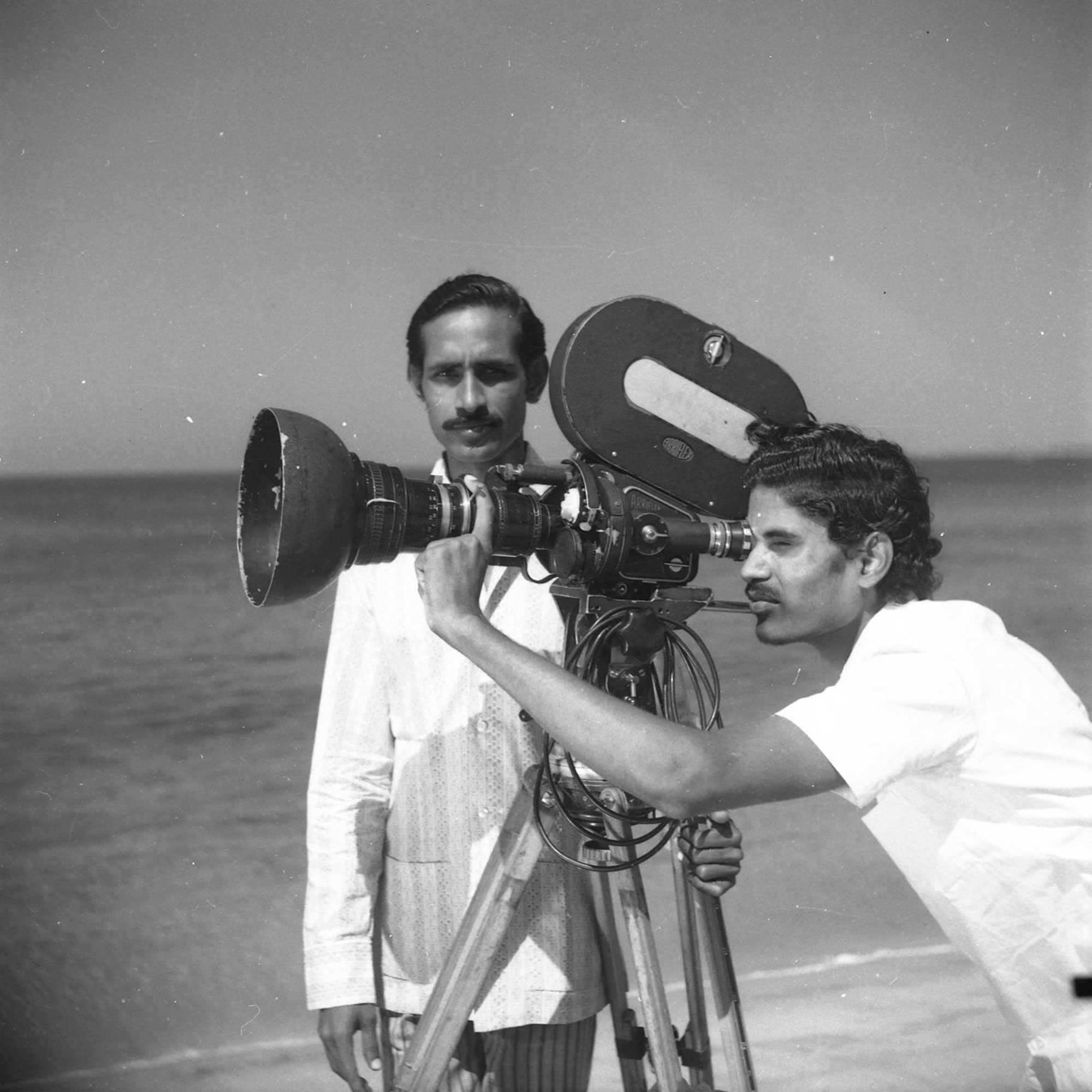Focus
Reflections
Photo Mail focuses on
Contemporary photography
Practitioners, their works, and
Its aesthetics
In the broader context of
Photographic theory and
Philosophy
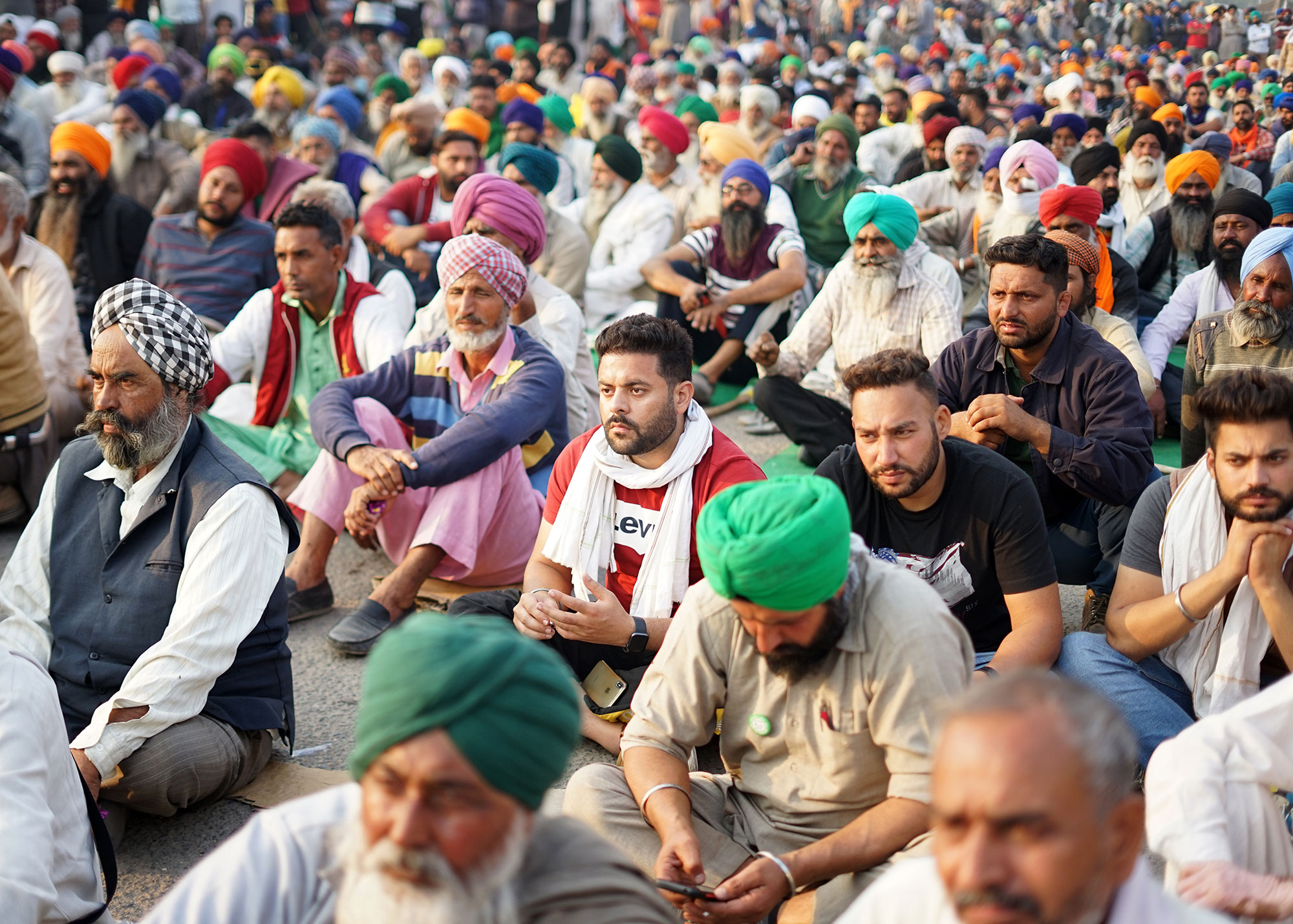
Ready for the long haul © Vinit Gupta 2020
Ready for the Long Haul
By Vinit Gupta
“History shows that whenever ethics and economics come into conflict, victory is always with economics. Vested interests have never been known to have willingly divested themselves unless there was sufficient force to compel them. For a successful revolution, it is not enough that there is discontent.”
– Dr. B R Ambedkar
India as a collective identity and nation was born out of a revolution. Countless sacrifices made it possible for us to live in a free and democratic land. For generations to come, we are indebted to the vision and forbearing of our leaders and forefathers. Yet, we are now at crossroads. A way of life that recognizes liberty, equality, and diversity seems to be a distant dream, especially with the recent political, economic, and governance policies. Just a few months back, with the ill-planned Covid lockdown, thousands had to flee from the cities that employed them. We watched as our working class walked in helplessness and betrayal. Our large metropolitan cities could not provide space for the very people who shed their sweat to build those cities. This shows that we as a society have failed. How many of those helpless workers reached their homes in rural India, how they are facing this continued displacement, and what solutions are put forth in future emergencies such as this, are questions that remain unanswered. News and information in this regard continue to be blocked or misrepresented. The farmers of our land have raised their voice of discontent for some time now. On average, more than 10 farmers in the country commit suicide in a day. There are many reasons – drought or heavy rainfall or reduced market demand or lack of resources and agro-scientific knowledge and so on. But, it all boils down to policy and governance. In 2017, farmers from Tamil Nadu protested at the Jantar Mantar, New Delhi, for 22 days. They were symbolically holding skulls in memory of the lives lost to suicide, and reminding the potential danger they were faced with. They vowed to drink their urine, to raise the issue of lack of water in the Deccan. They also announced that they would be eating feces as a representation of their prolonged hunger. It attracted the attention of other countries. Their loans were waived by the TN government. But, why should the people of this land have to go to this extreme to demand justice?
Once again, the farmers are forced against a dead wall, and right at this moment, they are trying to enter Delhi – some have managed to enter, while many others are blocked at the inter-state borders of Haryana and Uttar Pradesh. The power center that applies its iron fist on people without mercy or consideration continues to remain silent. Are we not facing a health emergency at the moment? Is a timely response too much to ask for? The farmers are ready for a long haul despite the odds — the ice-cold weather, the discomforts of the road, the pain and agony of displacement, and even the risk of coronavirus which is on an infectious march in Delhi — and nothing is comparable to them in front of the possible effects of the farm laws.
The success of this movement is crucial to defining who we are and what our priorities are as a nation. What is required is a collective recognition of every citizen’s political and social rights. Photographers are chroniclers of our time and history. Every photograph is an epigraph. It will live to tell stories, like mirrors that reflect the contradictory and complementary narratives of our society. A photographer stands apart in what stories he/she chooses to tell, how that story is being expressed and most importantly why he/she decides to tell that story.
Vinit Gupta is a promising young photographer who is sure of his convictions. He chooses his stories and tells that with utmost respect and reverence. His recent work titled IQRA was about the school that was demolished during the Delhi Riots (2019). None of the victims or perpetrators was included in this series – but from the broken building pieces, empty chairs, unclaimed drawings, and so on, one is left to imagine what had transpired in that space. The nonexisting faces of the victims and perpetrators flash before us… the unacknowledged role of those in power makes us shiver in silence.
Here, Vinit chooses to travel 40kms and on certain days, walk 16kms or hitch-hike (as vehicles are blocked by police) to chronicle the protesting farmers, in solidarity. Unknowingly, we too feel a sense of pride warm up inside us. In the determination and sacrifice of the farmers, a new history is being made.
– The Editor
Using Covid-19 pandemic as a pretext, the Government of India has pushed three farm Acts through the Parliament, which are blatantly pro-corporate and anti-poor, and anti-farmer. These Acts intend to hand over farmlands and farmers to profit-hungry corporates. This will push the already struggling farmers to great distress, and this distress will only get compounded as our economy is under extreme duress. While the Bharatiya Janata Party-led National Democratic Alliance government claims that the passage of the bills is a watershed moment for the agriculture sector, the farmers – especially in the northern states of Punjab and Haryana – have been holding massive protests.
They see it as a threat to wheat and rice procurements on which they are more dependent than farmers in other states. The fear now is that with these new farm Acts, the government is weakening the mandi system and creating more avenues for the farmer so that it can pull out of the MSP procurement system. Once the government is out of the picture, the farmers would be at the mercy of traders and middlemen. Another bone of contention is that traders buying from farmers outside the mandis don’t have to pay any fees or cess or levy on the purchase but those trading inside the mandis still have to do so. This is bound to hurt business in mandis and make way for more private participation.
Ready for the long haul © Vinit Gupta 2020
The Swaminathan Commission which looked at the agrarian crisis in detail and formulated reports that are to form the basis of improving the livelihoods and income of farmers had suggested many solutions. But one key aspect of its recommendations was – the government cannot experiment at the risk of farmers. If the government wants to adopt new technology, solutions, or anything else, let it do it at its own risk, but not by risking the lives of farmers.
As part of the ‘Dilli Chalo’ protest called on November 26 and 27, lakhs of farmers, laborers, and small traders decided to march from Punjab, Haryana, western Uttar Pradesh, Madhya Pradesh, and other states towards Delhi. During their attempt to reach Delhi, the farmers faced warlike resistance from the Indian government at two inter-state borders. Protesters occupied several miles of highway with their tractors and trolleys. The protest sites on the Delhi border that popped up about a week ago have turned into semi-permanent camps featuring almost a festive atmosphere, with some leaders saying they have enough supplies to stay put for six months. Tractor-trolleys loaded with blankets, mattresses, vegetables, gas cylinders and utensils have arrived there. There were also charging points and extra batteries available for mobile phones. Water tankers have been installed at regular intervals and langar provisions have also been made for anyone who would like to eat.
These protesters – men and women – overcame their fear because they have left homes with the understanding that this is a long haul. They know that more than Covid-19, it is the farm laws that are going to bring the noose around their necks. It is a fight for their very survival. They are prepared for it.
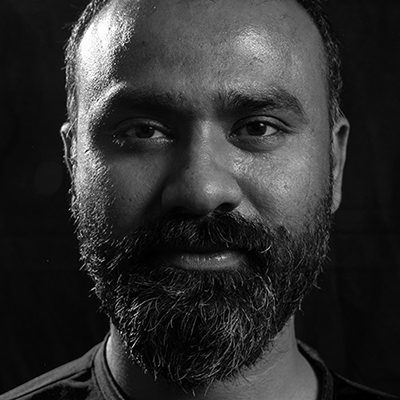
Vinit Gupta lives and works in New Delhi. He has a master’s degree in Economics and Anthropology. Vinit Gupta’s project, Where They Belong- portrait from Mahan forest was exhibited at the United Art Fair in 2013, Delhi Photo Festival 2015, and Fotofest Huston in2018. He is a recipient of the Neel Dongre Photography Award/fellowship 2013-2014 and 2014- 2015 supported by the India Photo Archive Foundation. He received the National Foundation of India Media Fellowship for 2018-2019.
Published on December 8, 2020
Share
Related Articles
A Canvas of Motions
Young photographer Arun Inham's A Canvas in Motion combines photography, theatre, and performance, is one of those projects that fall within the scope of now-trending experimental and conceptual photography practices. This body of work was done during the pandemic lockdown period. Confined within a small space, he interestingly stages objects and stitches them together as an image. These works were showcased at the Images of Encounter online group exhibition, which would be Arun Inham's first show.
Dilli Chalo: Ready for the long haul
As part of the ‘Dilli Chalo’ protest called on November 26 and 27, lakhs of farmers, laborers, and small traders decided to march from Punjab, Haryana, western Uttar Pradesh, Madhya Pradesh, and other states towards Delhi. During their attempt to reach Delhi, the farmers faced warlike resistance from the Indian government at two inter-state borders. Protesters occupied several miles of highway with their tractors and trolleys.
The Long Walk to Home: A Critical Reading
During the corona pandemic lockdown, India saw its migrant workers walk in an ardent will to reach the safety of their homes… History repeats itself, they say. Well, not exactly the same situation, but during Indian’s partition, thousands of Muslims and Hindus had to cross over – in search of a new home in unknown terrain. Seen through the photographic eyes of Margaret Bourke-White and Sunil Janah – the horrifying events of Indian Partition 1947 comes alive – once again in the Corona days – much more violent, cruel, and gruesome. It is a stark reminder that even after 70 and odd years of independence, India still has not healed itself of poverty, inequality, and oppression.
Perspectives on Photography
What we normally forget is that the lens of a camera sees more than the normal human eye is capable of. The clarity and the depth in a photographic image are taken for granted as we considered the camera as an extension of our eyes though what it sees is an abstracted or unperceivable image for the naked human eye. Seeing more or seeing in detail foregrounds the notion of abstraction because the form captured by the camera is only partially visible and its comprehension, in the normal course of our ways of seeing, is difficult.
Iconic Faces, Zooming into Raghu Rai’s photographic practice
Portrait photography is one of the areas where Raghu Rai has displayed mastery, and where he has revealed his own deepest convictions about the medium. Photomail investigates photographs of four spiritual and political leaders made by Raghu Rai, seeking to find what patterns run beneath the surfaces of these images.
Indian Photography’s (Conceptual) Poverty and Reality
Alessio Mamo’s series of photographs titled ‘Dreaming Food’ was shot in Uttar Pradesh and Madhya Pradesh in 2011, in which he tried to illustrate the contrast in the manner food was wasted in the West “especially at Christmas time”, and the widespread poverty that he saw in parts of India. The series was exhibited in Delhi Photography Festival in 2013, but when he posted images from the series during his takeover of World Press Photo’s Instagram handle as one of its awardees of 2018, a public debate erupted around the nature of his work and its political correctness. WPP has since issued a statement in which it clarifies the guidelines for its Instagram takeover, which is a benefit given to its award winners. But Indian print and online media subsequently took up the issue and it has been given wide coverage, with experts, photographers, and commentators weighing in from all sides. Now that all the arguments for and against have been brought out, PhotoMail takes a look at this issue in the broader context of poverty representation in India.
Power, Democracy and ‘Other’ Women
Photography, after the Second World War and McCarthyism, was consciously pushed into the sanitised spaces of Art galleries and Museums away from its past as a concerned, conscience-pricking tool. We were told by institutional gatekeepers like the Museum of Modern Art in New York that Photography was only about Itself. It was an Art form that was about navel-gazing photographers and about flattened formalist fields. Photography was not supposed to exist outside its own frame.
Stills Still to Fade, Immortal images of NL Balakrishnan
Does a photo carry a meaning? Like a memory which has a meaning, photo doesn’t in itself have a meaning. Stills don’t speak but they are not dead as such. They evoke memories and memory evokes the meaning behind the image. - NL Balakrishnan


